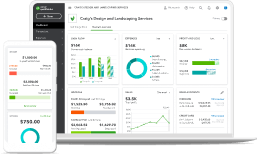Starting a small business is a rewarding opportunity to achieve a work-life balance while pursuing your passions, but it isn’t easy. Many business owners agree that the first year is the toughest. However, if you’re diligent when starting your business, you’ll put yourself in a much better position for success.
To help, QuickBooks asked 965 seasoned small business owners if they had any advice for people who are about to start their first business. These business owners recommended three things you should definitely do before you start, in this order:
- Write a business plan
- Research the competition
- Find a mentor
Current small business owners say these three things can increase your chances of success. And yet, according to the survey, not all prospective business owners plan to follow this advice. Download the full report to find out what current business owners recommend for new business owners and what they wish they would have done differently.



















